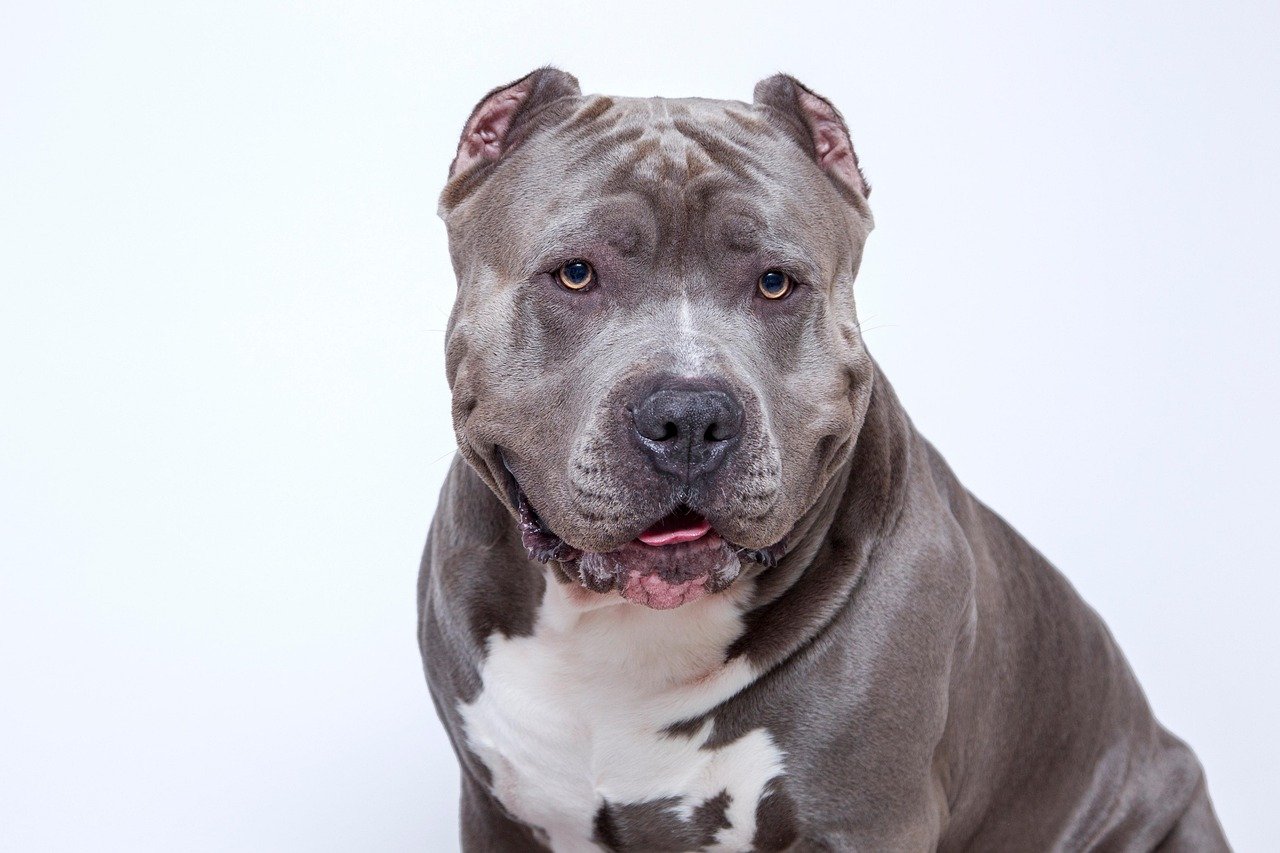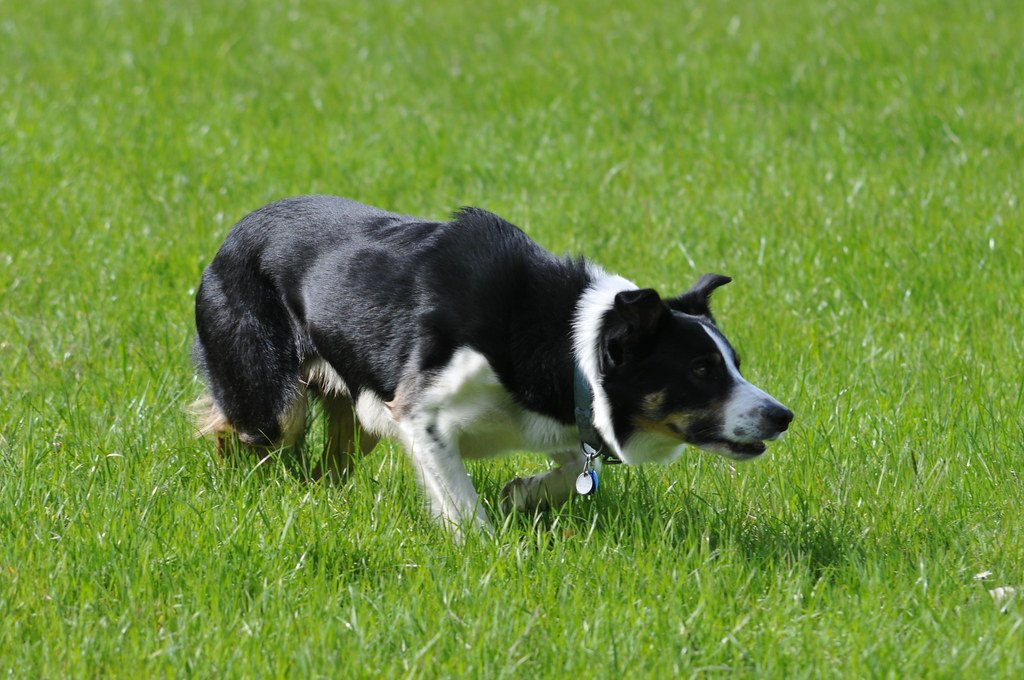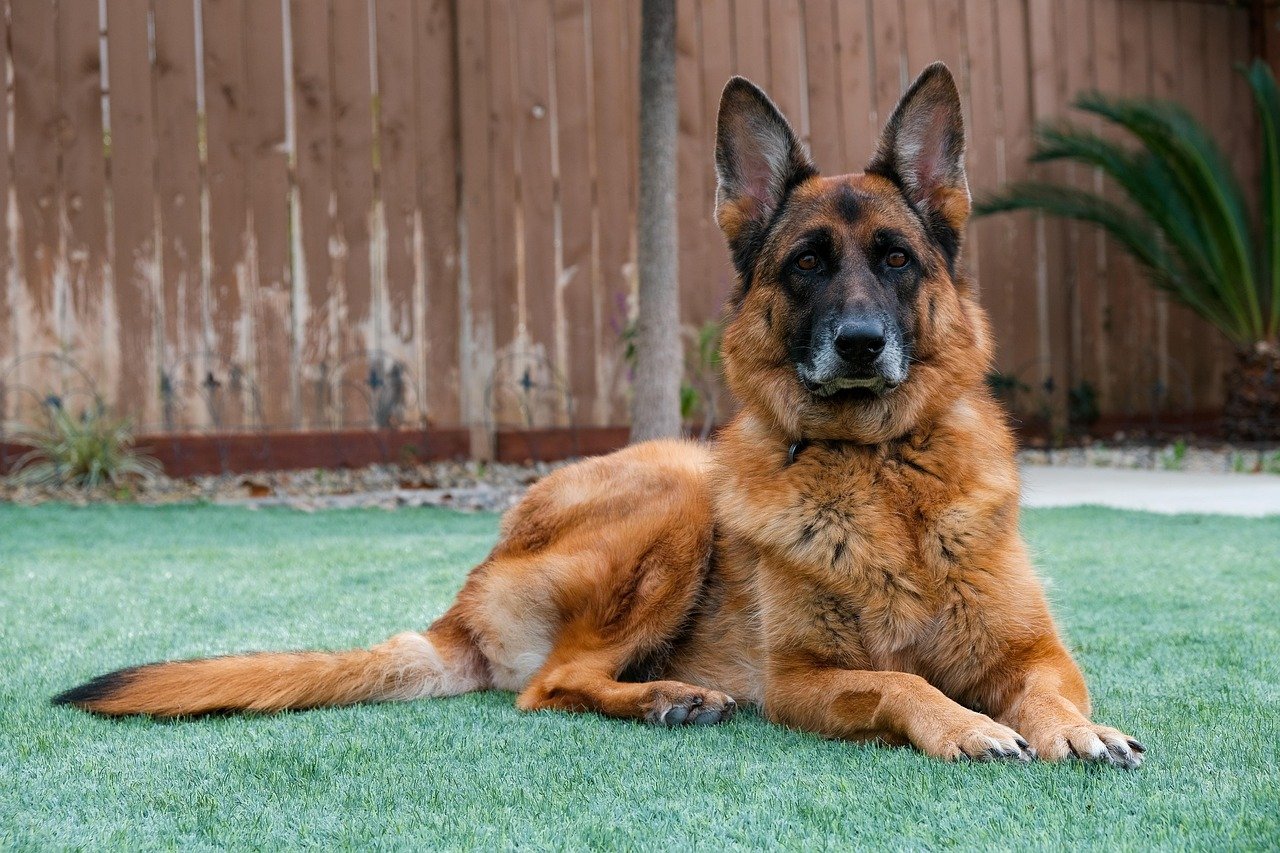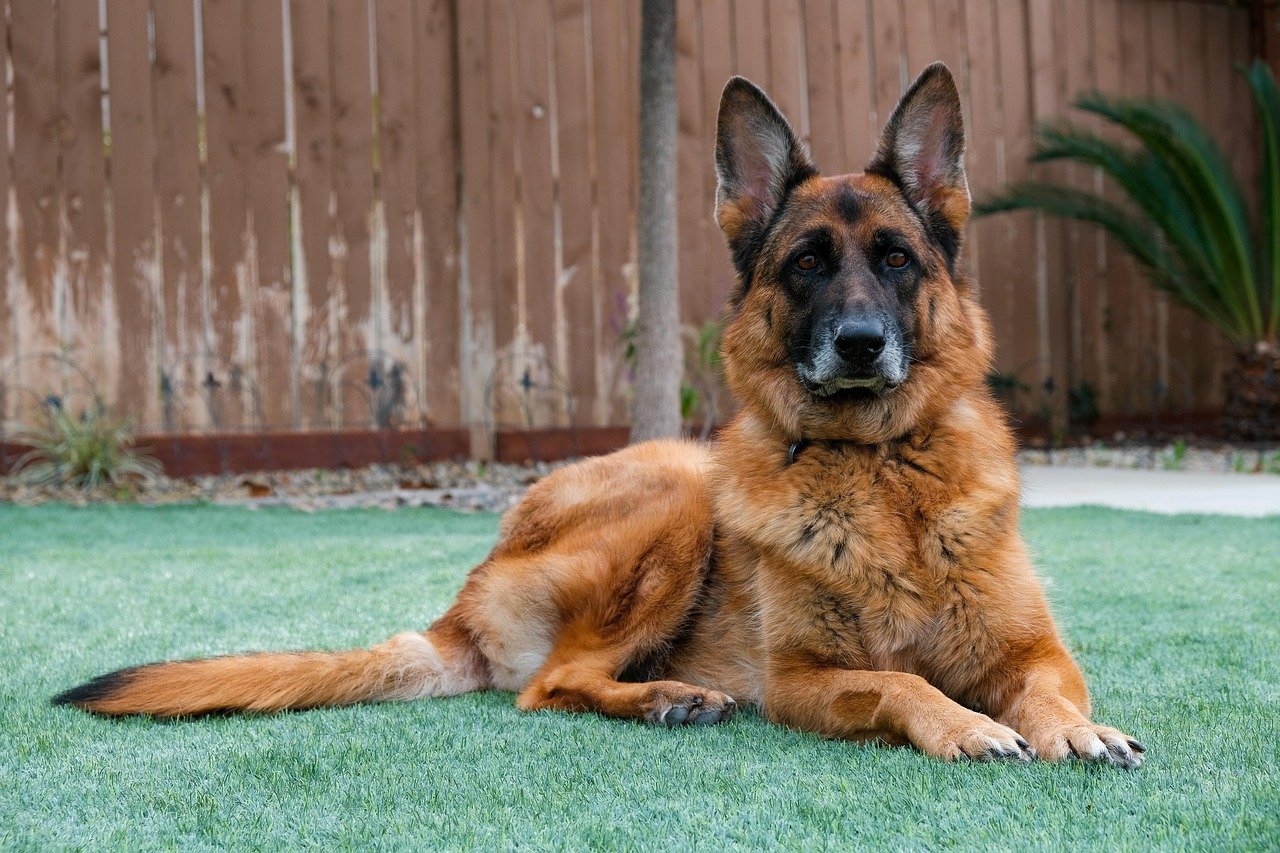Have you ever looked at a dog and thought you already knew its personality just by its breed? Maybe you’ve heard that certain breeds are born troublemakers, or that others are always gentle and safe. These ideas feel comforting, like shortcuts through a complicated world. But here’s the shocking truth: breed stereotypes still mislead millions of dog lovers, even today. They shape how we treat our pets, how shelters find homes for dogs, and even which breeds are allowed in certain places. Let’s dig into the world of breed stereotypes and see why they’re not just outdated—they’re often outright wrong.
The Origins of Breed Stereotypes: Myths That Refuse to Die
It’s wild to think how old some of these breed myths are. Decades ago, dog breeds were often assigned specific roles—herders, hunters, lap warmers—and these roles started to define their personalities in people’s minds. Over time, stories about certain breeds being “dangerous” or “lazy” stuck, passed down like urban legends. It’s the kind of thing you hear at the dog park, from your neighbor, or even your own family. Unfortunately, these stories tend to oversimplify the rich, diverse personalities that dogs truly have.
What’s really surprising is how stubborn these stereotypes can be. Even when modern science and trainers try to debunk them, many dog lovers still fall back on what they “know” about a breed. Why? Because it’s easier. It’s comforting to believe you can predict a dog’s behavior just by looking at it. But that’s simply not the case—and our pets often pay the price. As a result, perfectly loving dogs often get labeled as “bad” or “unadoptable,” just because of their breed.
Pit Bulls and the Power of Fear

Pit bulls are probably the poster dogs for breed stereotypes. Many people believe pit bulls are naturally aggressive, unpredictable, or even dangerous. News stories and movies have played a huge part in making this fear stick. But research tells a different story—one that’s both surprising and inspiring. Many pit bulls are gentle, patient, and even great with kids when raised in a loving environment.
Yet, the fear persists. Because of these stereotypes, pit bulls face breed-specific legislation in many cities, making it harder for families to adopt them or even keep them as pets. This fear-based thinking doesn’t just hurt the dogs—it breaks up families and fills shelters. It’s unfair, and it ignores the reality that any dog, no matter the breed, can be a loyal companion with the right care and training.
Small Breeds: The Tiny Terrors Myth

Small dogs like Chihuahuas and Dachshunds often get a pass on bad behavior because they’re “cute” or “harmless.” There’s a running joke about little dogs being yappy or snappy, but not dangerous. This stereotype can actually backfire, leading people to overlook training and socialization, assuming these breeds don’t need it. It’s a classic case of underestimating the power of a tiny package.
The truth is, small dogs have the same emotional needs and potential for misbehavior as any other breed. When their needs aren’t met, they can develop anxiety, aggression, or destructive habits. It’s a shock to many owners when their “purse dog” turns into a little whirlwind. Treating small breeds like stuffed animals instead of real dogs with real personalities does them a huge disservice.
Herding Breeds: Not Just Workaholics

When people think of Border Collies or Australian Shepherds, they often picture non-stop energy and a need for constant work. It’s true that these breeds were developed for herding and have a lot of drive, but the stereotype of “workaholic” can make owners feel overwhelmed or guilty if their dog isn’t running agility courses every day. This myth leads to lots of confusion and frustration on both sides of the leash.
In reality, many herding breeds are adaptable and happy to be family pets, as long as they get regular exercise and mental stimulation. They love puzzles, games, and being included in daily life—whether that’s a hike in the woods or just helping you do chores around the house. Assuming they can’t relax or be cuddly companions overlooks their loving, loyal natures.
Guard Dogs: Born Mean or Misunderstood?

Breeds like Rottweilers, Dobermans, and German Shepherds have long been seen as “tough” or “mean.” Movies and TV shows love casting them as the villains or the loyal protectors. This stereotype often makes people nervous around these breeds, even when they’re wagging their tails and just want a belly rub. The idea that they’re naturally aggressive is not just wrong—it can be dangerous.
Guard dog breeds are often some of the most intelligent, trainable, and loving companions you’ll ever meet. They thrive on guidance, structure, and strong bonds with their families. When they’re raised with kindness and clear rules, they can be gentle giants who are great with kids and visitors. Sadly, the “born mean” myth leads to fear and even bans in some communities, making it harder for these dogs to find loving homes.
“Hypoallergenic” Breeds: The Allergen-Free Illusion
There’s a popular belief that certain breeds—like Poodles, Maltese, or Schnauzers—are completely hypoallergenic and safe for anyone with allergies. This idea has sent countless families on a quest for the “perfect” pet, only to end up disappointed or even sick. The reality is much more complicated. No dog breed is truly allergy-proof.
What actually matters is how much a dog sheds and how much dander it produces. Some breeds do shed less, which can help, but it’s not a guarantee. People with allergies might still react, and individual dogs—even within the same breed—can have different effects. Believing the hype about hypoallergenic breeds can set both owners and dogs up for heartbreak, especially if a beloved pet has to be rehomed.
The Individual Matters Most: Beyond the Breed Label
If there’s one lesson that stands out, it’s that every dog is an individual. Breed can give you some clues about size or general tendencies, but it’s never the whole story. Personality, upbringing, training, and environment play a massive role in shaping who a dog becomes. Just like people, dogs are shaped by their experiences—not just their genetics.
It’s inspiring to see more trainers and shelters focusing on the individual dog rather than the breed label. By taking the time to get to know a dog’s real personality, we can make better matches and stronger bonds. Owners who move past stereotypes discover unique quirks and strengths in their pets—often ones they never expected. That’s the magic of welcoming a dog into your life: you never really know who you’ll meet.
Jen is a passionate nature lover and ocean conservationist. She has dedicated her life to protecting the environment and preserving the beauty of the natural world. Growing up in a small coastal town, Jen sincerely appreciated the ocean and its inhabitants. She has spent countless hours exploring the shoreline, learning about the creatures that inhabit the waters, and advocating for their protection. Jen is an active member of ocean conservation organizations, and she is committed to educating the public about the importance of conserving wildlife and the natural environment.






